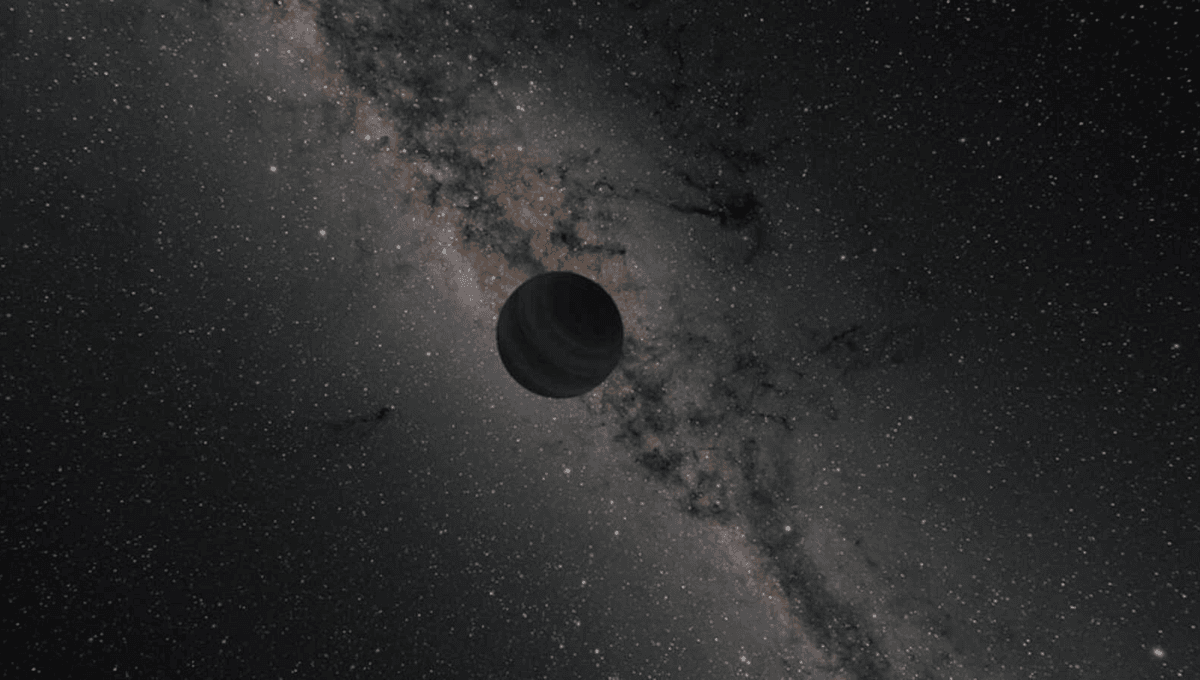
NASA’s planet-hunting telescope Transiting Exoplanet Survey Satellite (TESS) has discovered its first free-floating, or rogue, planet. It is a terrestrial object, likely bigger than Earth but not by too much. This candidate object was discovered within the analysis of 1.3 million light curves collected by the space observatories over its years in orbit.
Rogue planets have one of the coolest names in astronomy. Beyond that, they are cool because they are expected to outnumber regular star-bound planets – but where are they all? Only a relatively small number of candidates have been found. The reason for that is because they are extremely difficult to find.
These worlds are cold and small, and for that reason, they disappear in the background. Given they are very difficult to see directly, the best approach is to use a technique called microlensing. Astronomers wait for a planet to pass in front of a background star. The gravity of the planet will warp space-time a bit like a lens, so the light of the star will be slightly magnified. And that’s what happened in this case, documented in a pre-print paper that has not yet undergone peer review.
The star in question is called TIC-107150013. It is much bigger than the Sun, having a radius almost 13 times that of our star. It is located over 10,400 light-years away. They saw a microlensing event that lasted 107 minutes. If the free-floating planet is within 8,500 light-years from Earth, they estimate that the planet is smaller than 10 times the mass of the Earth. If it’s within 3,200 light-years then the object is about the same mass as our planet.
The work was led by Michelle Kunimoto and William DeRocco, respectively from MIT and the University of California, Santa Cruz. They argue that TESS has the ability to probe a mass range of free-floating planets that can’t be seen by other instruments – not even by the Nancy G. Roman telescope, which is expected to find hundreds of free-floating planets.
This candidate observation is also just the tip of the iceberg for TESS. They expect to be able to investigate 100 times more observations, which will be a massive help in better understanding how these starless worlds came to be. It is possible that some of them were kicked out of their original system by gravitational interactions. Some others, the more massive ones like the JUMBOs, might have simply formed among the stars.
The paper discussing this discovery is submitted to the Monthly Notices of the Royal Astronomical Society and while it awaits peer-review it can be read on the ArXiv.
Source Link: Starless Rogue Planet As Heavy As 10 Earths Found By NASA Telescope